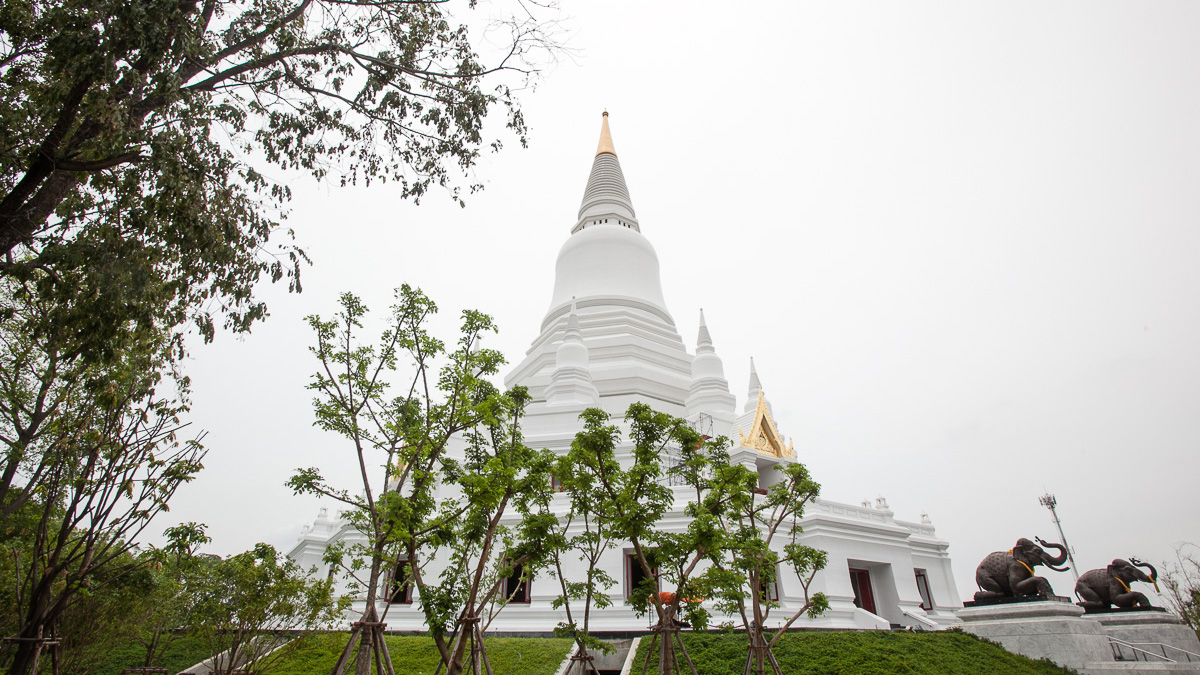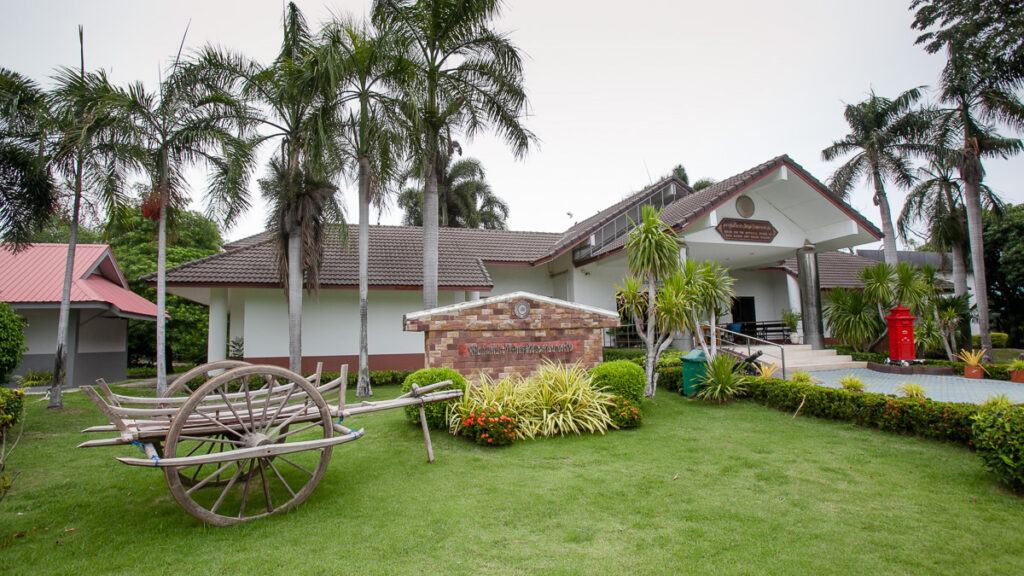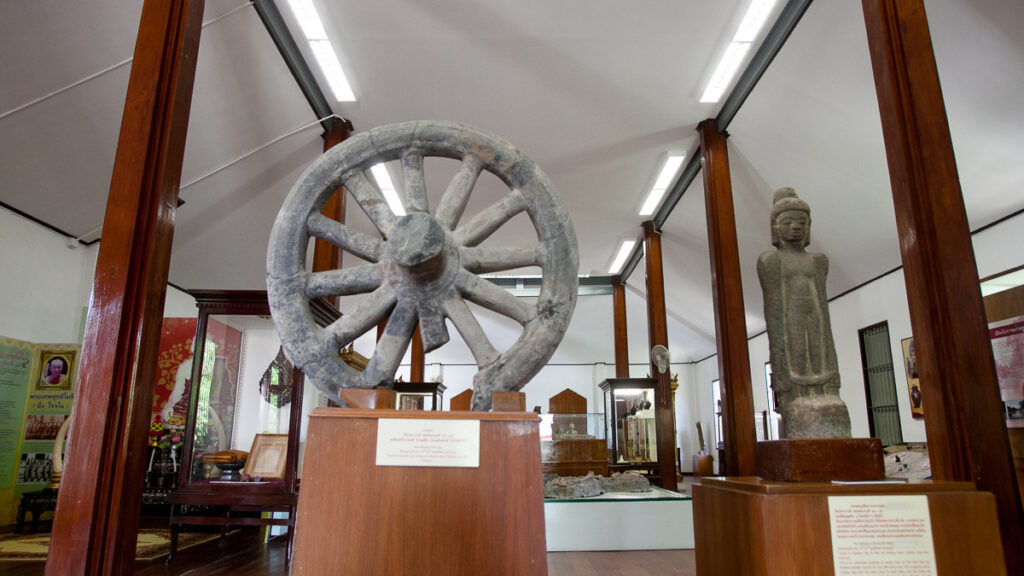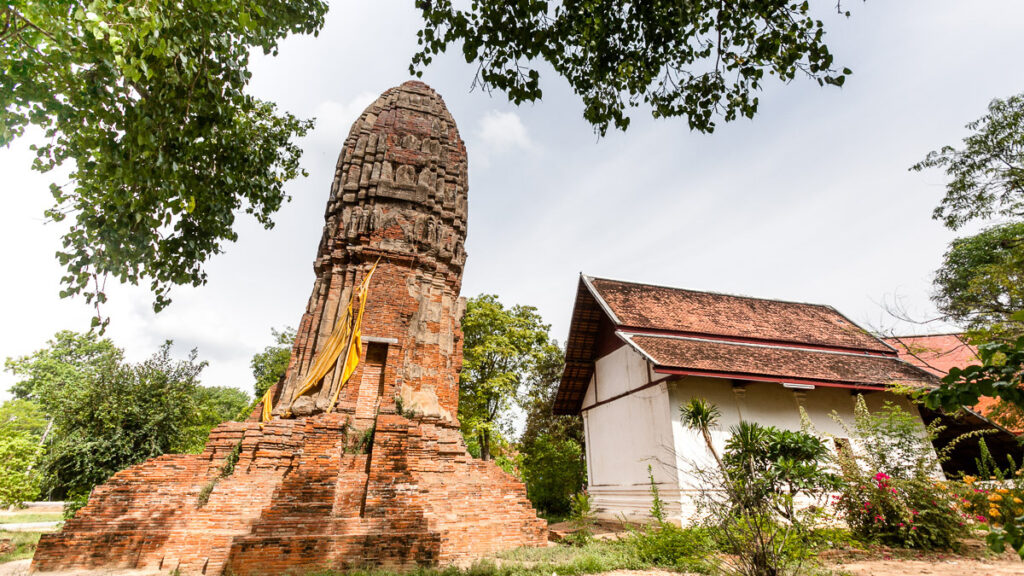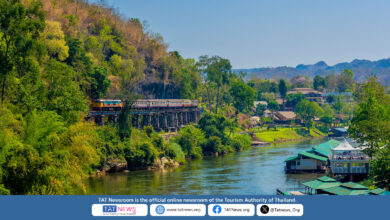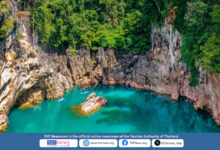The heroes of Bang Rachan were famously known for their self-defence camp, which fended off the Burmese army with only a few soldiers and civilians. Ask any Thai, and they will know the story as its taught in schools from a young age.
Sing Buri does not often make it onto many itineraries, however after a few days here, visitors find a different side of Thailand that can be difficult to glimpse in more touristy areas. Here are just a few reasons why.
One vintage market in Bang Rachan takes visitors back to those days of glory in a way few attractions can. The Bang Rachan Retro Market opened in 2016 to preserve the historical importance of Bang Rachan using period construction, costumes, tools, and settings as even the vendors dress up exactly like people from that period. Visitors are also invited to rent a Thai costume of their own with various styles to choose from. That way they can take pictures in the historical market setting or with the actor ‘warriors’ guarding the fictitious gate of Bang Rachan.
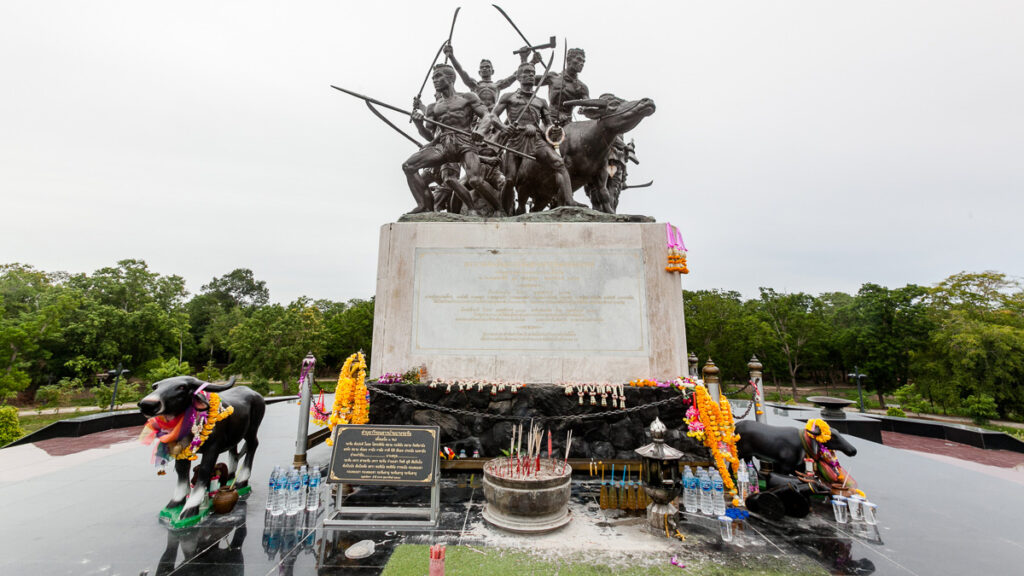
Bang Rachan Memorial Park and the Heroes of Khai Bang Rachan Monument pay tribute to the heroic villagers of Bang Rachan who bravely fought against the Burmese army in 1765. And in spite of being outnumbered by more than 10 to one, the Burmese soldiers had to make eight attacks before the Thai villagers were overrun due to their lack of weapons.
The province’s ancient history lives on at the In Buri National Museum inside the temple grounds of Wat Bot, established in 1940, by a high-ranking abbot of the temple. Items on display include beautiful Thai and Chinese ceramics, traditional Thai musical instruments, folk theatre exhibits, looms, and traditional fishing nets give an interesting peek into past local lifestyles.
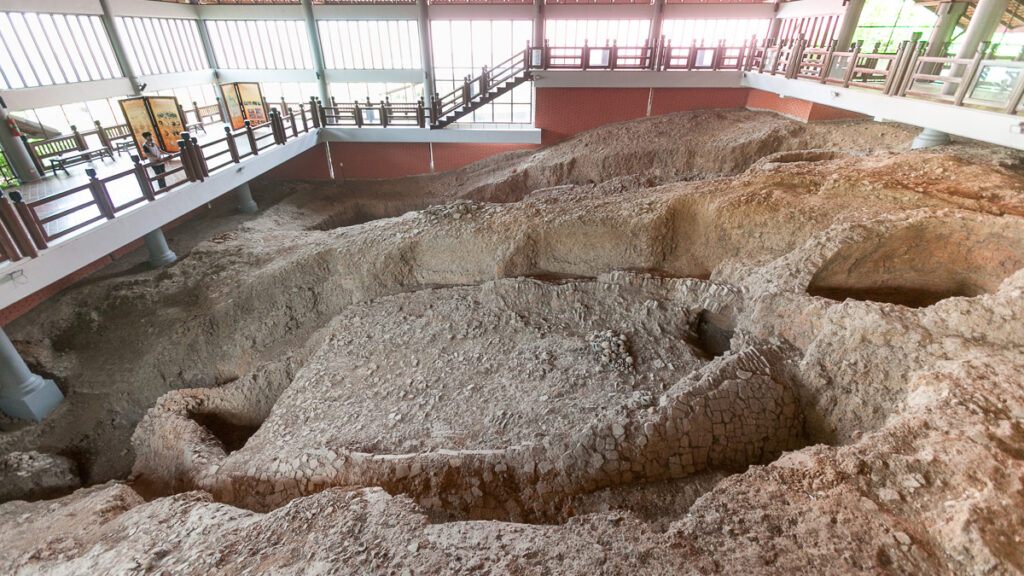
Ban Khu Mueang Ancient City showcases an archaeological site of an ancient community from the Dvaravati period, with the most significant artefacts preserved at the In Buri National Museum. While the ancient remains of Maenam Noi Kiln at Wat Phra Prang were once part of the largest pottery-making sites in Siam, remains of ceramics made here have been found in far-flung places showing the site’s former importance. The kiln started operating around the 1400s and is thought to have stopped operations around the end of the 17th century.
The first temple on any visitors list should be Wat Phra Non Chak Sri Worawihan, as it is a special temple in Sing Buri province. It was built almost 500 years ago and houses one of the largest Sukhothai-era reclining Buddha statues in Thailand. Visitors can pay respect to other deities; such as, Guan Yin, Luangpho To, and more. Outside this temple, a giant Sal tree, which is revered by many Buddhists, produces stunning flowers that bloom over the front of the temple.
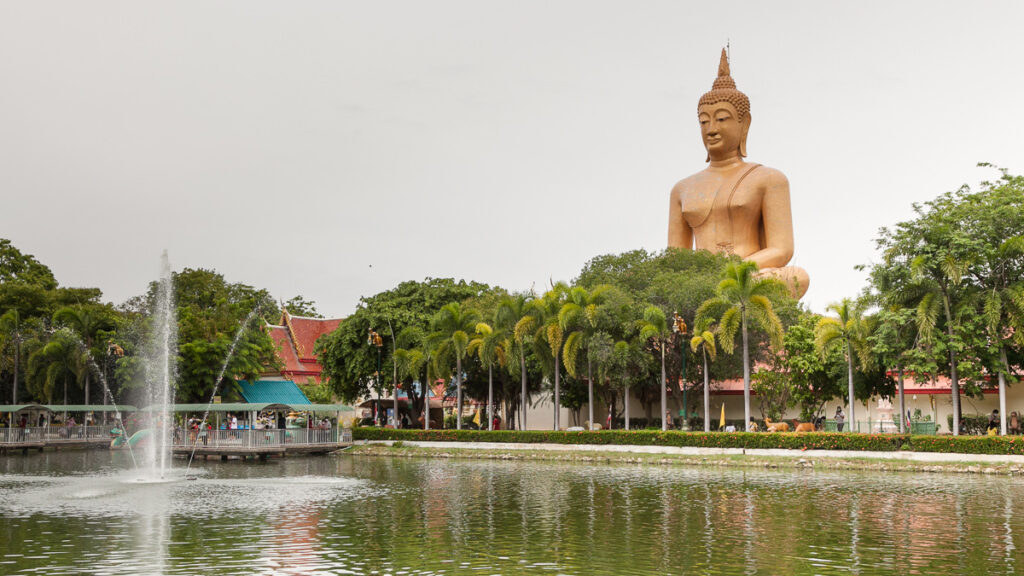
Wat Pikul Thong is another famous temple of Sing Buri with one of the biggest Buddha statues in Thailand at a height of 42 metres. The interior of the statue is a mixture of concrete and the decoration of beautiful natural golden mosaic. Most people in the province are really faithful to this statue. There is also large Ganesh statue inside the temple where people can use a bridge to cross the lake and pay respect or make merit.
All visitors can also learn more about the importance of the Thai buffalo at Khwai Thai Khao Ngam Conservation Centre, an educational centre and sanctuary for unwanted buffaloes.

Sing Buri also has several fascinating temple ruins that are sure to please any history lover. These include Wat Phra Prang, Wat Amphawan, Wat Sawang Arom, Wat Suthawat, Wat Kradang Nga Buppharam, Wat Kudithong and Wat Bot to name just a few.
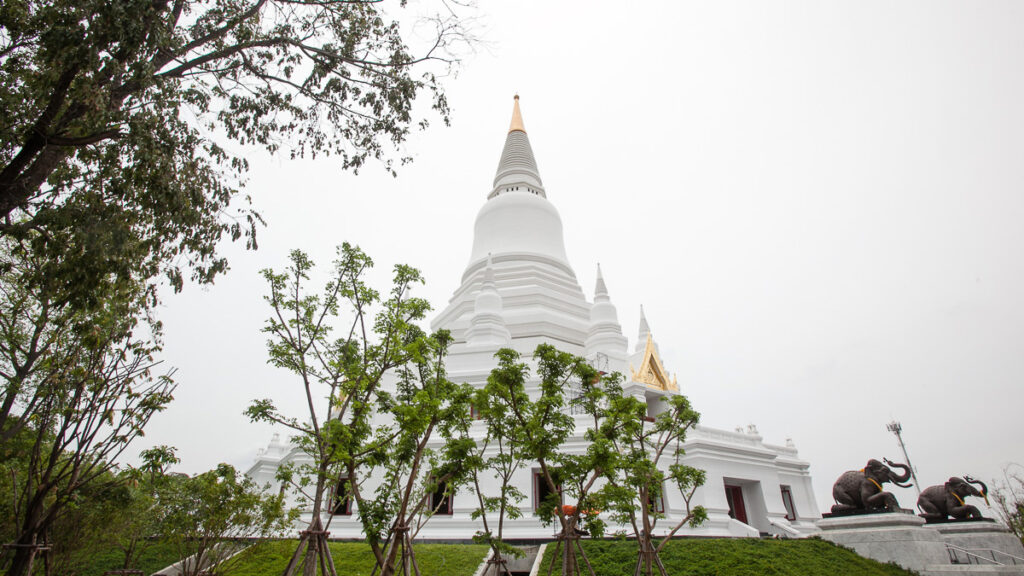
On a final note, visitors should take time where possible to get to know the Sing Buri locals, who are known for being especially warm and welcoming. In general, locals see enough foreigners to not be intimidated by outsiders, yet not enough to have become jaded by tourists. Within easy reach from Bangkok, now is the perfect time to start planning a visit to Sing Buri on your next trip to Central Thailand.
